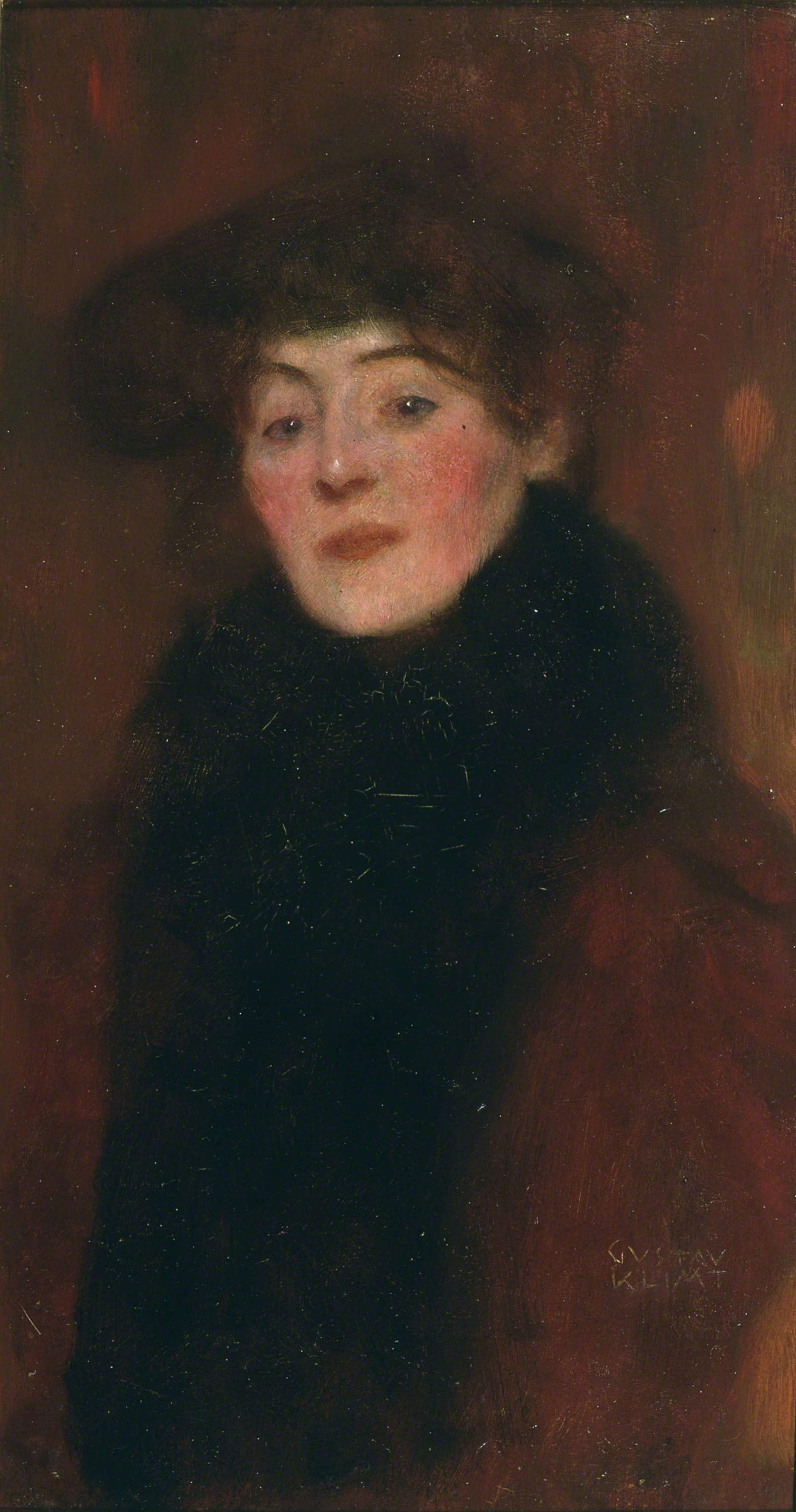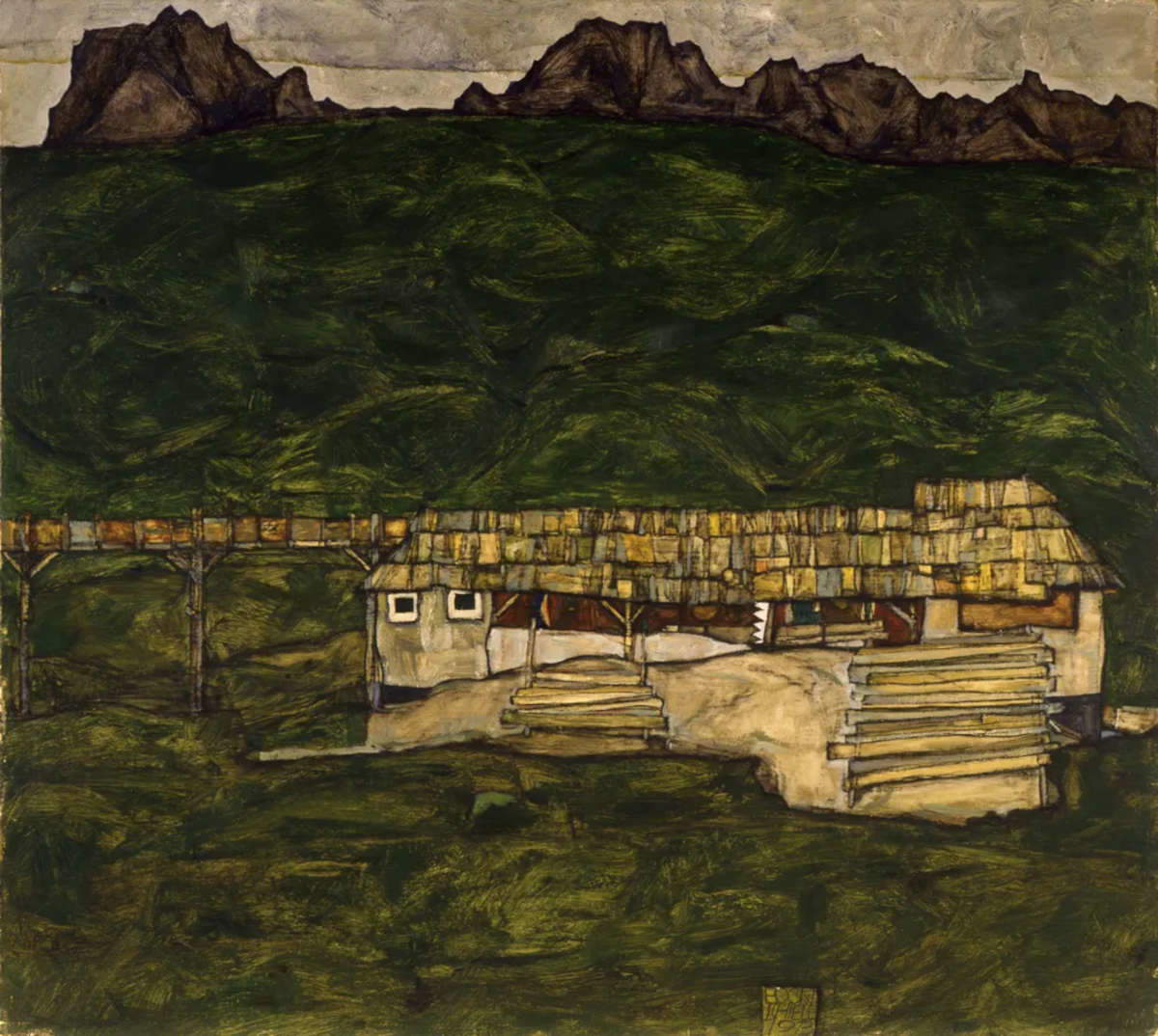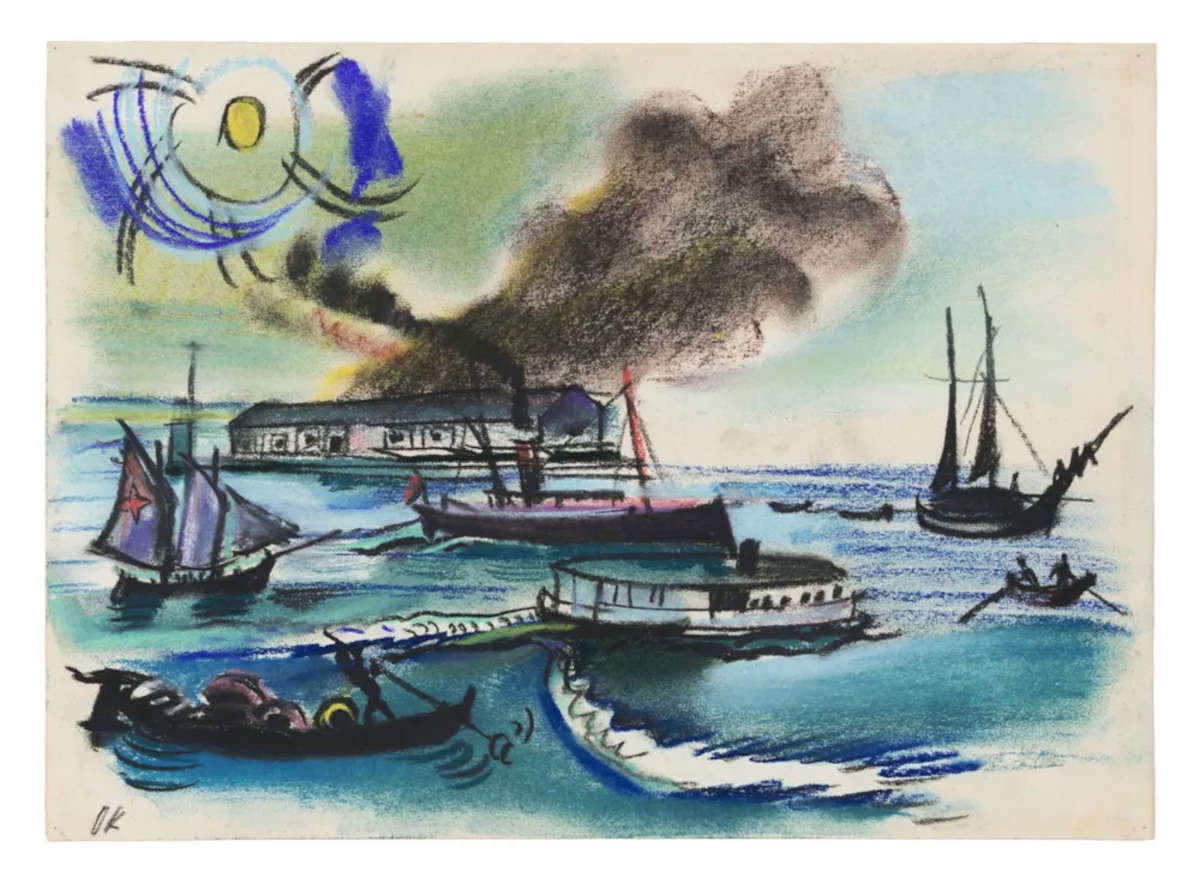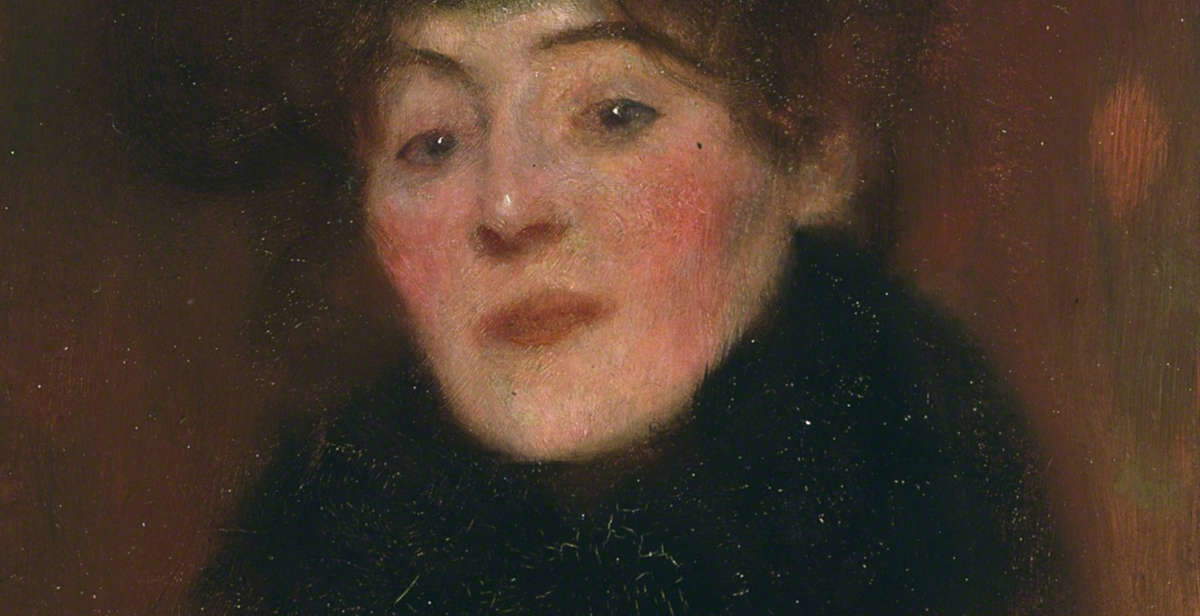The Los Angeles County Museum of Art (LACMA) has announced an outstanding donation: more than 130 works related to Austrian Expressionism are arriving, including the first paintings by Gustav Klimt, Egon Schiele, and Richard Gerstl to enter the museum’s collection. The donation, arriving from the Kallir family, will be transferred in stages over the next few years and includes paintings, more than a hundred drawings, prints, posters, and works by artists and designers affiliated with the Wiener Werkstätte, the famous Viennese workshop founded in 1903. The ensemble offers a broad and in-depth overview of Austrian Expressionism from its origins in the late 19th century to the 1920s.
Alongside paintings by Klimt, Schiele, and Gerstl, the collection includes works by Oskar Kokoschka, Alfred Kubin, Marie-Louise von Motesiczky, and the Germans Lovis Corinth and Käthe Kollwitz. The works on paper will flow into the Robert Gore Rifkind Center for German Expressionist Studies, established within LACMA to promote the study of Expressionism from the German and Austrian areas.
The donation is the result of the long activity of art dealer Otto Kallir (1894-1978), a central figure in the spread of Austrian Expressionism in the 20th century. Active in Vienna since the 1920s, Kallir emigrated in 1938 after Austria’s annexation by the Nazi Reich. Arriving in New York the following year, he founded the Galerie St. Etienne, which for eighty years was a focal point for the promotion and appreciation of early 20th-century Austrian artists. Many of the works donated today were taken with him by Kallir at the time of his exile. After his death in 1978, the gallery was directed for forty years by his granddaughter Jane Kallir together with her partner Hildegard Bachert, until it closed in 2020. Jane Kallir then founded the Kallir Research Institute, dedicated to critical research on Austrian and German Expressionism.

In parallel to this important bequest to LACMA, the Kallir family will donate to the Getty Research Institute a collection of rare Viennese books, portfolios, and prints originally published by Otto Kallir himself. The two cores of works and materials will help expand and supplement the Los Angeles museum’s already strong collection of German Expressionist art, both in its pictorial and graphic components.
Beginning in 2026, the Kallir Research Institute will support research on Austrian Expressionism through the Rifkind Center’s scholarly residency program. In 2030, LACMA will present the entire donation in a major exhibition, accompanied by a scholarly publication that will offer new tools for the study of early 20th-century art history.
Michael Govan, chief executive officer and director of LACMA, expressed the museum’s gratitude for a contribution it calls “a fundamental donation to the presentation of early 20th-century Central European art.” Govan emphasized that the Kallir family’s gift “reinforces the museum’s commitment to promoting research on German-speaking artists and cultures that played an essential role in the cultural history of Los Angeles in the 20th century.”
Stephanie Barron, curatorial historian and head of the modern art department, also commented on the value of the acquisition. “Although LACMA has a prominent collection of German expressionist painting and sculpture, Austrian protagonists were missing from the roll call. In a single gesture, this extraordinary donation radically transforms our collections, bringing works by Schiele, Klimt, Gerstl, and Marie-Louise von Motesiczky to Los Angeles for the first time.”

Jane Kallir, Otto’s granddaughter and director of the Kallir Research Institute, recalled how collaboration with museums was central to her grandfather’s vision. “I’m sure he would be happy to see these works enter LACMA’s collection,” she said. “The museum has always shown a strong commitment to Expressionism, and Los Angeles, with its community of Austrian émigrés, is an ideal place to welcome this legacy.” Kallir added that his sister Barbara has also lived in Los Angeles for nearly four decades, a personal connection that made the city a natural choice for the collection’s ultimate destination.
A selection of twenty-four works from the bequest will be on view for the first time from November 23, 2025, in the exhibition Austrian Expressionism and Otto Kallir, curated by Timothy O. Benson, curator of the Rifkind Center for German Expressionist Studies. The exhibition, housed in the Modern Art Galleries on Level 3 of the Broad Contemporary Art Museum (BCAM), will remain open until May 31, 2026. According to Benson, “The gift from the Kallir family represents the most significant addition to the Rifkind Center since its founding, and will have a transformative impact on our mission, stimulating new perspectives on the cultural context of German-speaking Europe in the early 20th century.”
In January 2026, LACMA will hold two public events related to the donation. On Jan. 15, at the Academy Museum’s Ted Mann Theater, there will be a panel discussion featuring Jane Kallir, art historian Nathan J. Timpano, Timothy O. Benson, and Sabine Eckmann, director of the Kemper Art Museum, who will moderate the meeting. On Jan. 18, however, there will be a screening of Transatlantic Tastemaker: Otto Kallir and Austrian Modernism, a documentary made for Austrian public television ORF by Stefanie Simpkins, which traces Kallir’s career from Vienna to New York through interviews and archival materials. The screening will be followed by a conversation with Jane Kallir and other experts. The event is co-sponsored by the Austrian Consulate in Los Angeles.
The artistic value of the collection lies as much in the presence of celebrated works as in its ability to document the evolution of Austrian expressionist language in all its nuances. Eight drawings and a painting by Gustav Klimt(Woman with Fur Collar) testify to his revolutionary interpretation of the human figure and the founding, in the same year, of the Viennese Secession. Twenty-seven works by Egon Schiele, including two landscapes from 1913 and nineteen drawings, offer an overview of the artist’s career, from his early interest in depicting the body to his later psychological introspections. Schiele’s four self-portraits, made over a six-year period, culminate in the celebrated Self-Portrait with Brown Background of 1912, executed during the period of his relationship with Wally Neuzil.

Five works by Richard Gerstl, including an intense Self-Portrait painted a few weeks before the artist’s suicide at only twenty-five years of age, provide insight into a figure rediscovered thanks precisely to the work of Kallir, who organized the painter’s first posthumous exhibition in Vienna in 1931. The collection also includes ten works by Alfred Kubin, which expand the nucleus already in the museum’s collections and allow for a more comprehensive presentation of his visionary universe. Two landscapes by Oskar Kokoschka from 1913, which once belonged to Alma Mahler-Werfel, document one of the artist’s first trips to Italy, while two later drawings testify to the importance of the graphic medium in defining the modernist language.
Completing the picture are works by the Germans Käthe Kollwitz and Lovis Corinth, representing the direct link between Austrian and Berlin Expressionism. Kollwitz’s two preparatory works, charcoal drawings that anticipate famous etchings, and Corinth’s forty-two works on paper, along with two notebooks and a landscape, offer a broad narrative of the interaction between the two art schools. Finally, two youthful portraits by Marie-Louise von Motesiczky, a pupil of Max Beckmann in Frankfurt in the 1920s, testify to the evolution of expressionist language in the period following the Great War.
The arrival of this collection in Los Angeles opens a new chapter in the cultural dialogue between Austria and Southern California, a link that dates back to the years following World War II, when many Austrian artists and intellectuals, such as Fritz Lang, Richard Neutra, Otto Preminger, Arnold Schoenberg and Billy Wilder, settled in the city, helping to define its cultural face.
 |
| Spectacular donation to LACMA in Los Angeles: 130 works of Austrian expressionism, from Klimt to Schiele |
Warning: the translation into English of the original Italian article was created using automatic tools. We undertake to review all articles, but we do not guarantee the total absence of inaccuracies in the translation due to the program. You can find the original by clicking on the ITA button. If you find any mistake,please contact us.